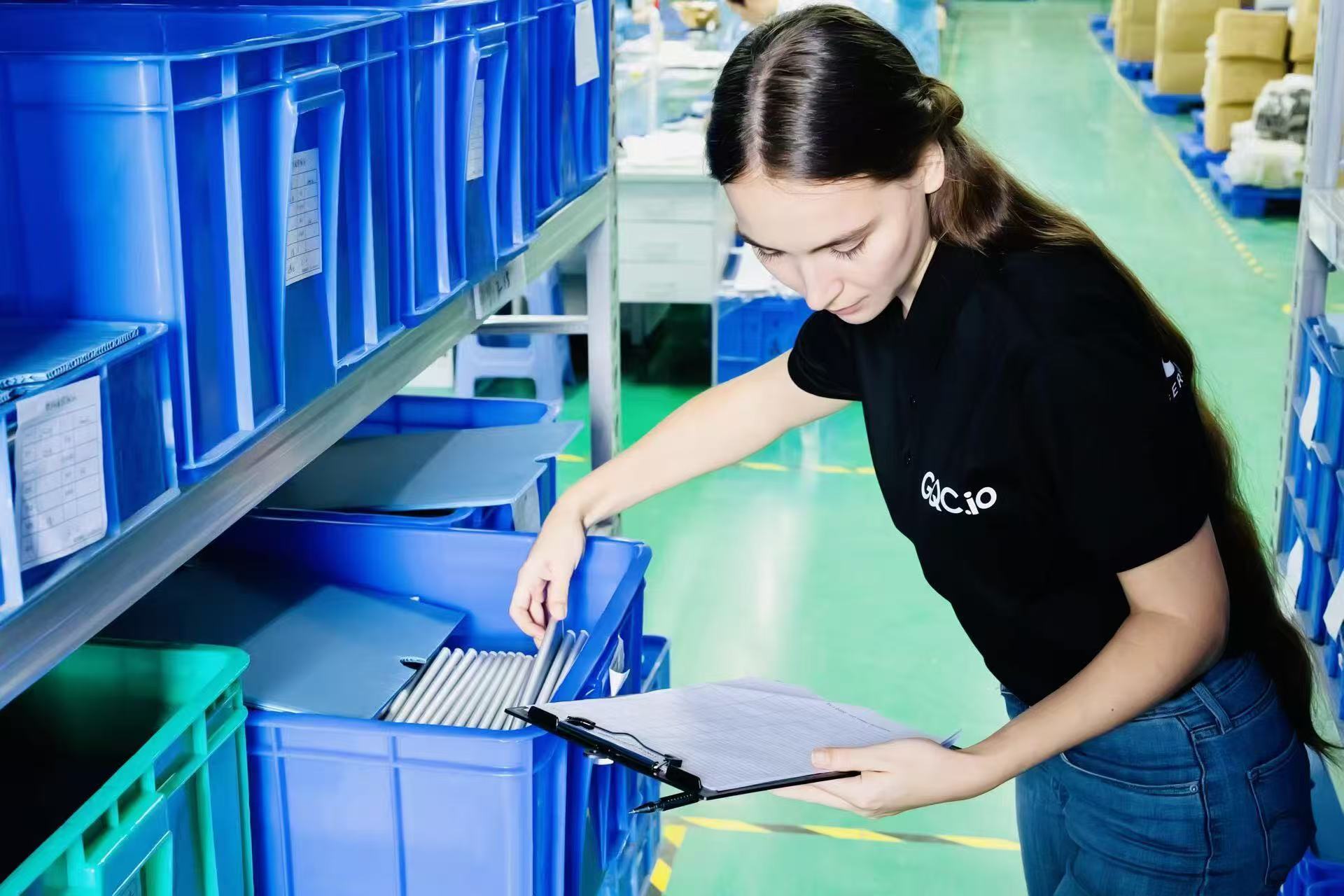Prices for manufacturing in China areconstantly increasing. There are many triggers to this, the most common are RMBfluctuation, minimum wage changes, Covid restrictions, increased transportationcosts, and higher import duties on machinery. This impacts the cost ofproducing and shipping goods for importers who order their products fromChinese factories. Many businesses feel under pressure to keep up with it all,but don't fear. This article will give you a clear understanding of how to dealwith rising prices for manufacturing overseas.
Here are some tips on how you can navigaterising prices for manufacturing goods in China:
1. Reduce costs and look for a cheapermanufacturer. When you buy products from Alibaba, it will show you hundreds ofsuppliers for each product with different pricing. However, not all suppliersare equally good and reliable. Some have faster lead times and better qualitycontrol than others. You should always try to find the best supplier amongthese options so that you won't have to worry about your products beingdefective or shipments delays.
2. Check your raw material costs and makeadjustments. If you're looking to assemble, make or manufacture your product inChina then you should know that the rising material costs are close to some ofthe highest in history. If a year ago the price of a certain raw material wasUSD 10 per kilogram ; today it's USD 43 per kilogram. This can have a dramaticfinancial impact on your bottom line if you're producing and selling largequantities of your product.
3. Reduce waste by using more efficientprocesses and materials. As an example, if you're using metal parts instead ofplastic ones for one part of your product, try switching to plastic partsinstead because they will likely be cheaper (and thus lower your overall cost).Also, check out how much water and energy your manufacturing facility uses and ifthere's a way to decrease those amounts without compromising quality orproductivity. This could save you money while also improving environmentalconditions at your factory too.
4. Reduce the packaging volume & cost. Manycompanies are looking for ways to minimize their packaging costs by reducingtheir product’s size or weight without sacrificing protection or performance.The challenge is to find a balance between cost reductions and maintainingproduct safety during transit and after delivery. One way to lower the volumeand weight of your package is by using a different type of packaging such ascorrugated, plastic or paperboard boxes.
5. Keep in mind shipping costs. Don'tforget about shipping costs when considering where to set up workshop orwarehouse for your next project's manufacturing needs. Shipping from one placeto another may be more expensive than some other options out there that allowyou to keep all production under one roof.
6. Look at other countries with lowercosts. The manufacturing industry in China has been the engine for growth formore than two decades, but now it seems that times are changing. With aslowdown in economic growth and increased production costs, many businesses arelooking to other regions to manufacture their products. Some options areVietnam, Indonesia, Turkey, etc.
7. China is the world's largest manufacturerof consumer goods. Due to its low wages, it is also the country with the lowestmanufacturing costs. However, this is changing. The cost of labor in China hasbeen increasing steadily over the last 10 years. There are many factors at playwhen deciding where to produce your goods: labor costs are only one aspectamong many others such as infrastructure, transportation costs, andavailability of materials. We mentioned many factors that can be improved inthis article. For more useful information visit our website www.gqc.io





